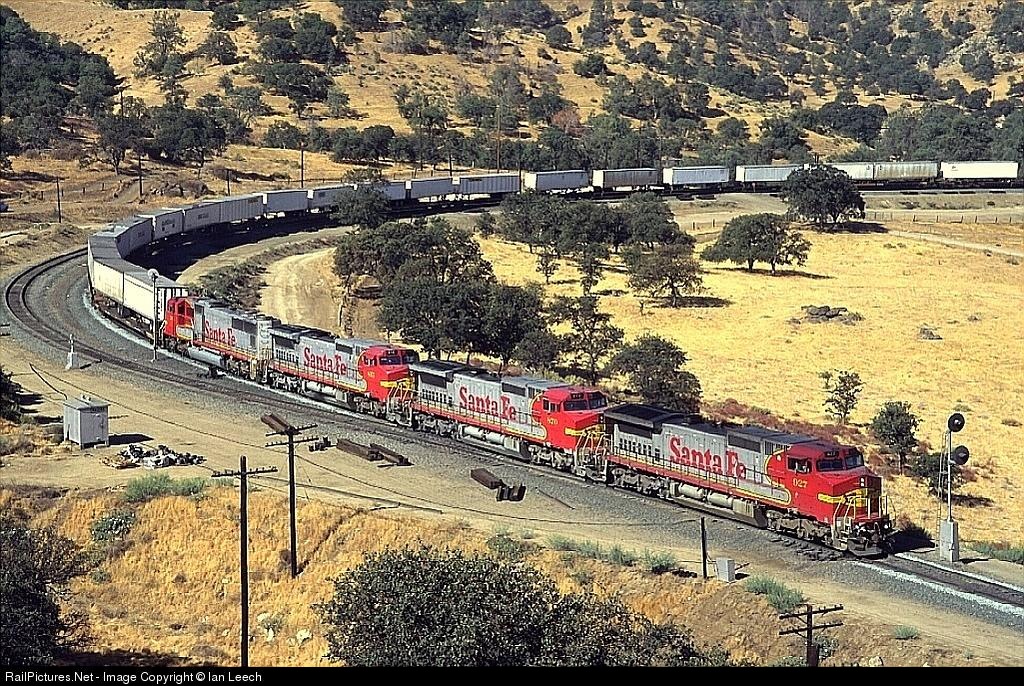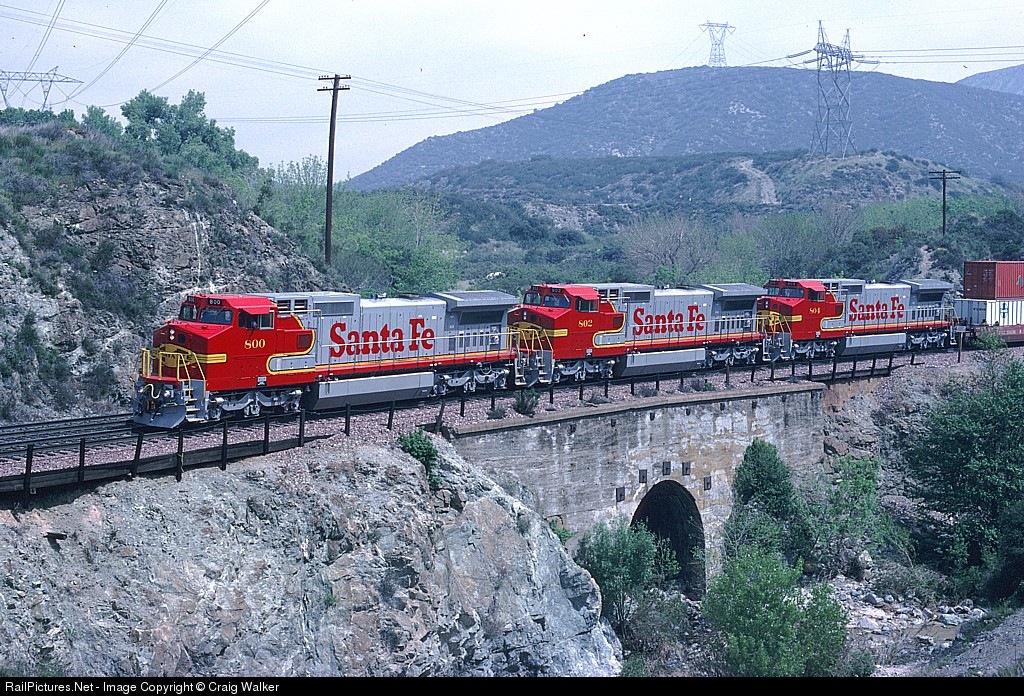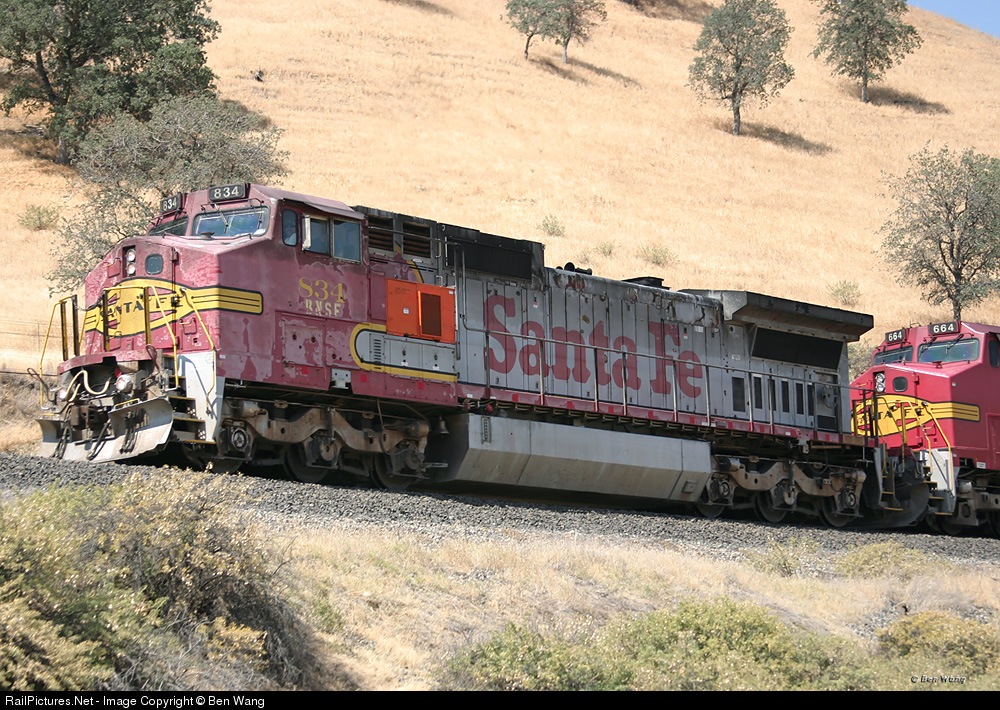I have several. I will seperate these into categories.
Subways
My favourite subways have got to be the Hawker-Siddeley H1's/H2's/H3's/H4's and the Hawker-Siddeley/UTDC H5's and H6's.
Go to this page to learn about the H1/H2/H3/H4:
http://transit.toronto.on.ca/subway/5503.shtml
Can't copy the text here as the images would get in the way.

PICTURES!!!!
http://transit.toronto.on.ca/images/subway-5503-01.gif (This is a big one)
http://transit.toronto.on.ca/images/subway-5503-02.jpg
http://transit.toronto.on.ca/images/subway-5503-03.jpg
http://transit.toronto.on.ca/images/subway-5503-07.jpg
That's all I'll show. Go to the page I linked above to find the other pictures.
H5-H6:
http://transit.toronto.on.ca/subway/5504.shtml
Pictures on page above.
Steam - Black 5
Taken from Wikipedia:
The
London Midland and Scottish Railway's
Class 5 4-6-0, almost universally known as the
Black Five, is a class of
steam locomotive. It was introduced by
William Stanier in 1934 and 842 were built between then and 1951. Members of the class survived to the last day of steam on
British Railways, in 1968 and eighteen are preserved.
The Black Fives were a
mixed traffic locomotive, a "do-anything go-anywhere" type, designed by Stanier, who had previously been with the
GWR. In his early LMS days he designed his Stanier Mogul 2-6-0 in which he experimented with the GWR school of thought on Locomotive design. A number of details in this design he would never use again realising the superiority of details not used on the GWR. But Stanier realised that there was a need for larger locomotives. These were to be the LMS's version of the
GWR Halls. They shared similar cylinder arrangement (two outside), internal boiler design and size and 6 foot
driving wheel diameters.
There were a number of detail variations in the locomotives, and they did not all remain in the same condition as built. Some locomotives built under British Railways administration were used as test beds for various design modifications with a view to incorporating the successful modifications in the Standard Classes of locomotives built from 1951 onwards. These modifications included outside Caprotti valve gear, roller bearings (both Timken and Skefco types) on the coupled and tender axles in varying combinations and an experimental steel firebox. Other locomotives had modified draughting to "self clean" the smokebox (thereby reducing turn-around and disposal times, and eliminating, or mitigating, one of the most unpopular jobs).
The domeless engines
Numbering started from 5000, with the first twenty being ordered from Crewe Works and a further eighty from the Vulcan Foundry. The first to emerge was the first Vulcan Foundry engine, 5020, in 1934; the first Crewe-built engine, 5000 not completed until 1935. The originals were built with domeless, straight throatplate boilers with low degree superheat (14 elements). However, many received later type boilers later in their lives.
The prewar domed engines
A further 227 were ordered from Armstrong-Whitworth in 1936, the largest single locomotive order ever given by a British railway to an outside contractor. Crewe built a further 142. These had domed high degree superheat boilers.
5471, built at Crewe in 1938 would be the last built for five years. During the early stages of the Second World War the priority was for heavy freight engines and the closely-related 8Fs were produced in vast numbers.
Wartime and postwar domed engines
In 1943 construction was restarted with Derby Works building its first. However, after number 5499 was built, the numbering block hit that of the Patriot Class, and so new engines were numbered from 4800 onwards. However, after another 200 were built they again ran out of numbers, so they started numbering below 4800. By this time, the LMS had been nationalised into British Railways and BR added 40000 to all their numbers. Eventually the 842 examples would number 44658-45499.
Ivatt engines and experimental modifications
Post-war examples were built with forward topfeeds. In 1948 George Ivatt introduced more modifications to bearings and valve gear. 4767 was built with Stephenson link motion in 1947. 44738-57 were built with Caprotti valve gear. The last two, 44686 and 44687 built at Horwich in 1951, had even more modifications.
If you're curious to see the original page, it's here:
http://en.wikipedia.org/wiki/LMS_Stanier_Class_5_4-6-0
Diesel - SD70
Of the SD70 series, I like the SD70 the best.
Wiki page:
http://en.wikipedia.org/wiki/SD70
Foregoing the larger new
comfort cab for the smaller standard or
spartan cab common on older locomotives. This model also has DC
traction motors, which simplifies the electrical system by cutting out the need for computer-controlled
inverters. 120 examples of this model locomotive were produced, for
Norfolk Southern,
Conrail,
Illinois Central and
Southern Peru Copper. (
Conrail was partly absorbed by
Norfolk Southern in 1999, and all 24 of Conrail's SD70 engines went to NS. These SD70s were ordered to NS specifications, as NS and CSXT modified CRs SD80MAC order for SD70s for NS and SD70MACs for CSX)
Production of the standard cab at London ended in 1994. The 24 CR SD70s were assembled from kits at Juniata, and the IC and SPC SD70s were assembled from kits at Super Steel Schenectady. Nearly all SD70s are still in service with Norfolk Southern and Canadian National, which merged with the Illinois Central in 1999.
Numbers: NS 2501-2556, 2557-2580 (Ex-Conrail), IC 1000-1039 (IC 1006, 1013, 1014, 1023 wrecked & retired).
I also like the SD40-2's but I wouldn't bother posting as Gisa already has posted info on that. Plus I like F40PH's, but I can't post info as that would be too much!
Some trainz pics anyway...
One thing is a shame, and that's that no one has ever created H1, H2, H3, H4, H5 or H6 subway cars for trainz. :'( So I've decided that I will create them.
FC2:wave:
*I take no credit for prototype photos. They are owned by their respected owners. I own the Trainz Pictures only*
STATUS:
H1/H2/H3: Retired
H4: in service, to be retired next year
H5: To be retired in 2-3 years.
H6: It is unknown when the H6 will be retired, but some people think around 2016.
Black 5: Retired
SD70: ????
SD40-2: In service
F40PH: In service :wave:

















